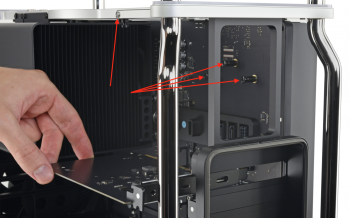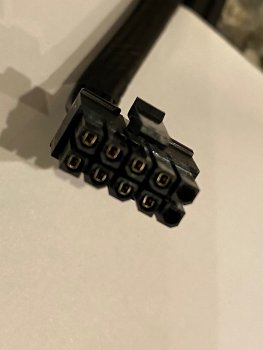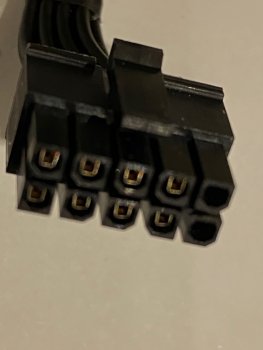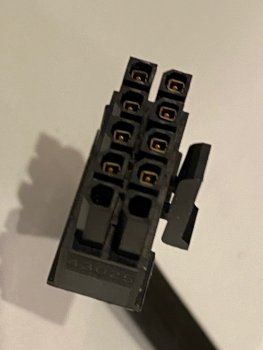I agree about your opinions about SoftRAID. I've had been using SoftRAID for a number of years, but I found out over time it could be troublesome at times and would block me from undoing the SoftRAID disk management in favor of using Apple's Disk Utility (it adds software to the macOS that can be problematic working with the rest of Apple's software). I stopped using it over a year ago and now use the Apple's Disk Utility (DU) as best I can. DU in Catalina is an improvement IMO and handles APFS much better than in earlier macOSes. The best feature for SoftRAID is that it can manage RAID set beyond what Apple provides with it Disk Utility. DU can manage/setup RAID-0 and RAID-1 only, whereas SoftRAID manages RAID septs up to 10.Just some caution about SoftRAID. New version may be different, but transferring from one machine to another by physically moving the RAID'd device(s) has, on numerous times, "broken" the RAID resulted in data loss.
I've never seen a device that relies on SoftRAID be described in a way to make it seem like it's a hardware RAID by default. In my experience, SoftRAID need to be used to setup that way.
SoftRAID is wonky with Mojave at times and the last time I've used it stably was with High Sierra. Have completely stopped using at this point. SoftRAID 6 was supposed to be released nearly a year ago and has been delayed for months. It's in BETA and not exactly public either.
This is the SoftRAID software site. Can be used with almost any devices, not just this OWC one. At least that used to be the case. OWC has since purchased them...
https://www.softraid.com
https://software.owcdigital.com
See some of the forum posts:
https://www.softraid.com/forum/showthread.php?tid=1051
https://www.softraid.com/forum/showthread.php?tid=871
If I buy the Accelsior 4M2 I believe I have a 30-day period to check it out, and if I'm not satisfied I can return it for a full refund.
Last edited:





